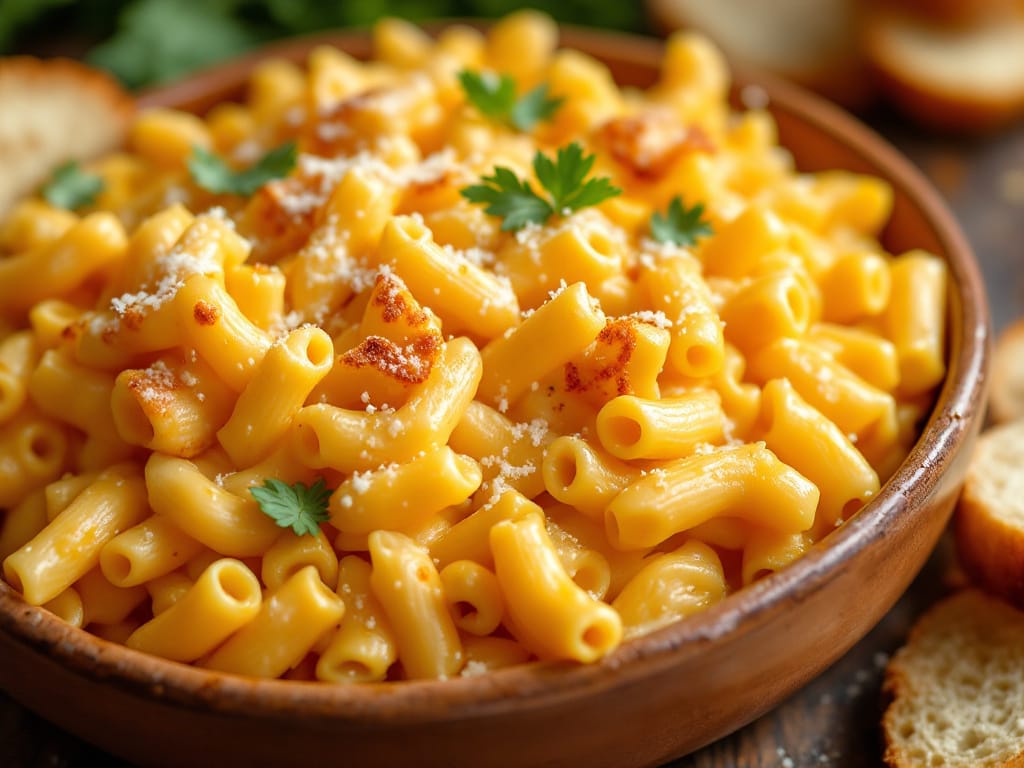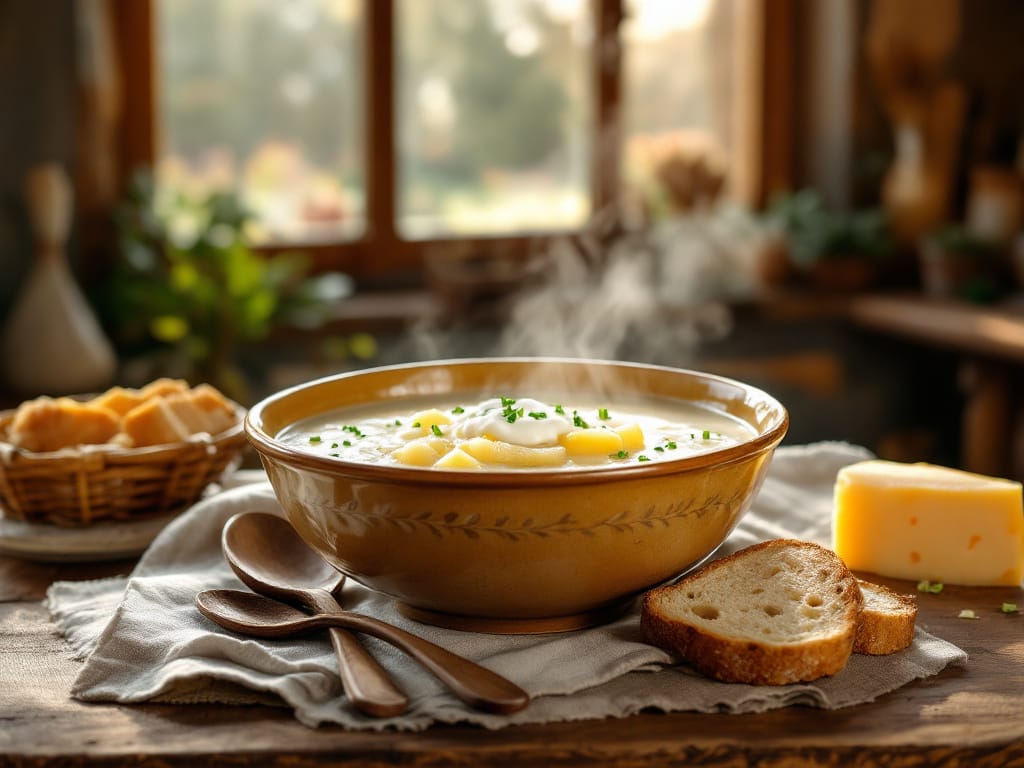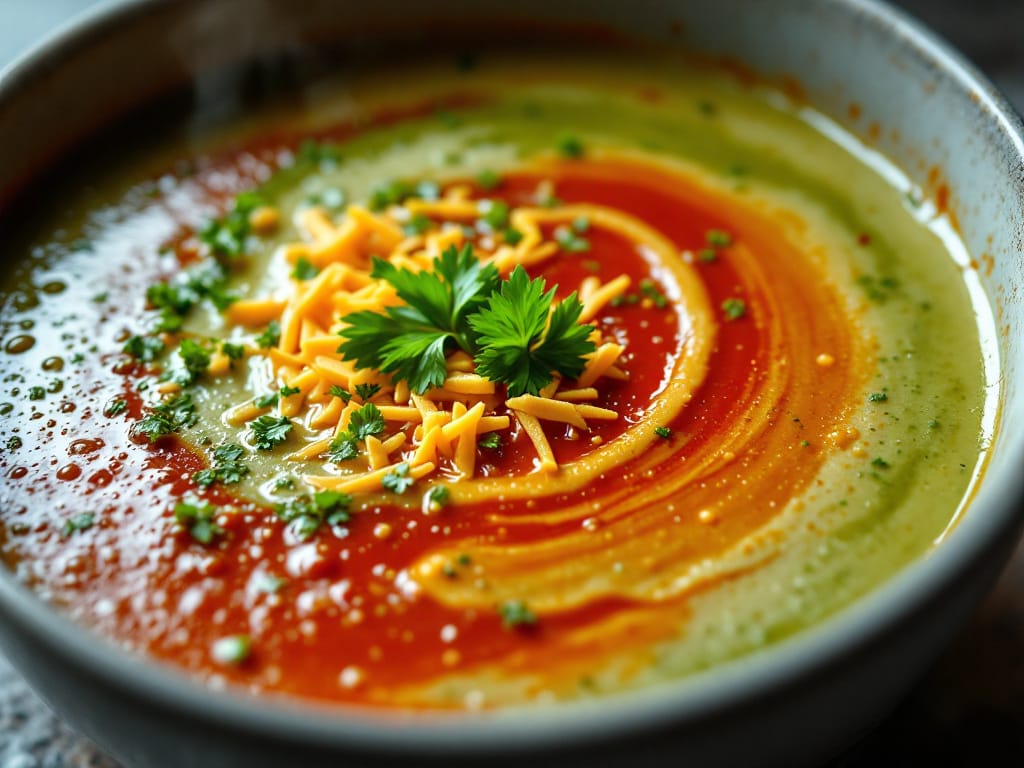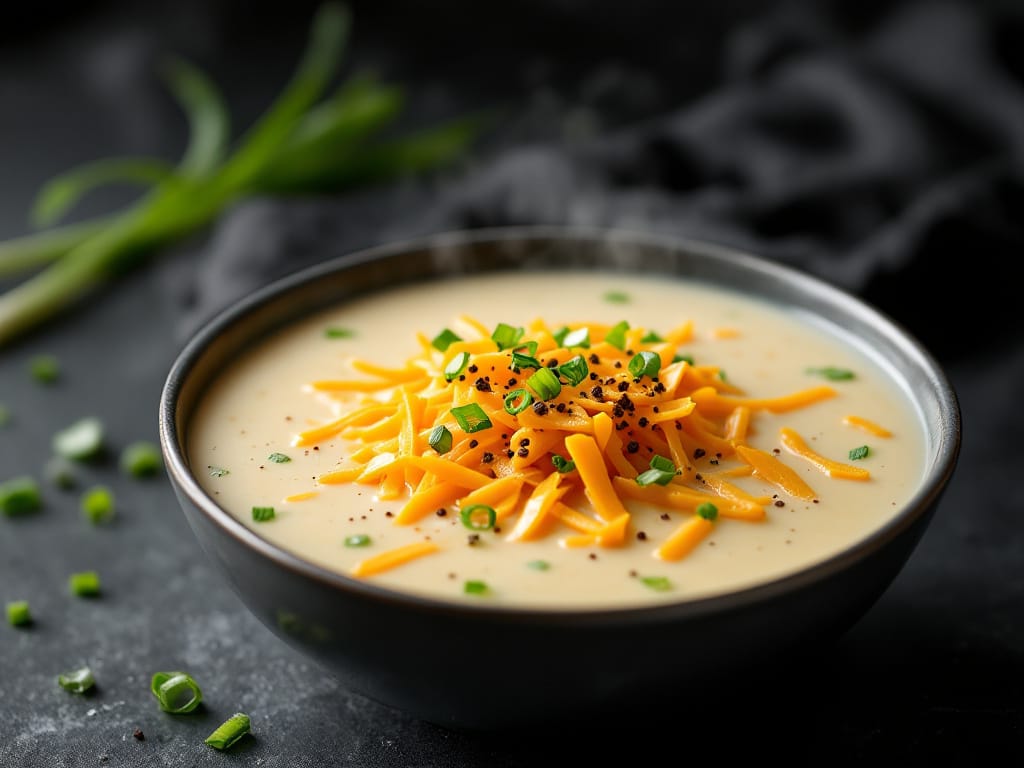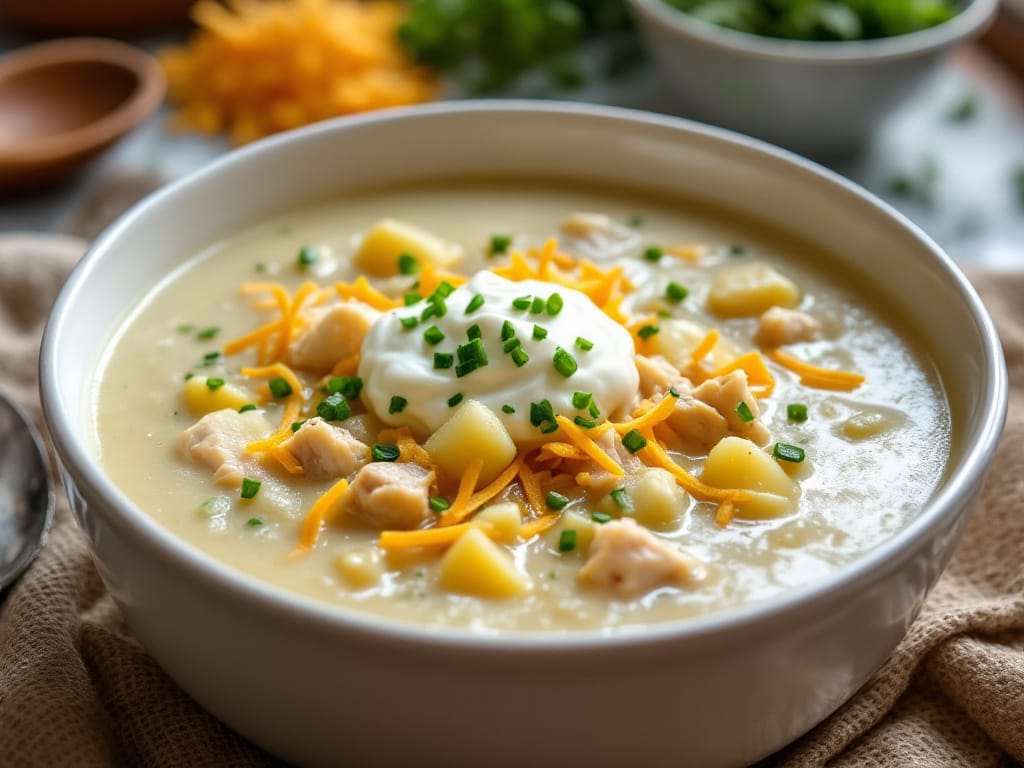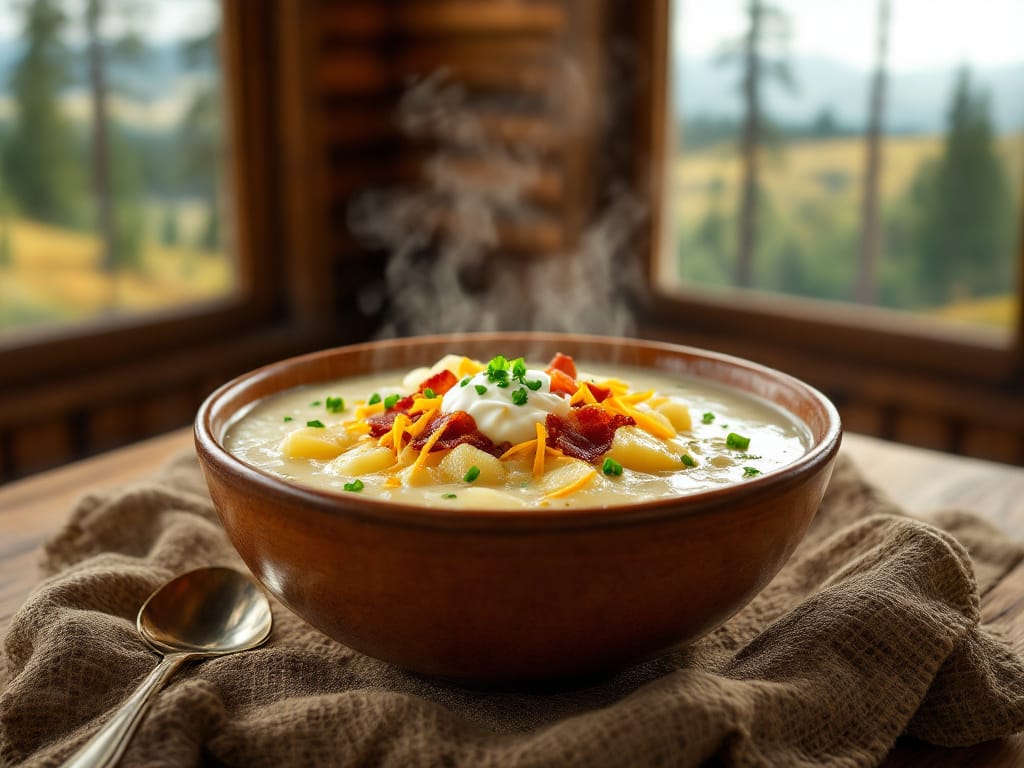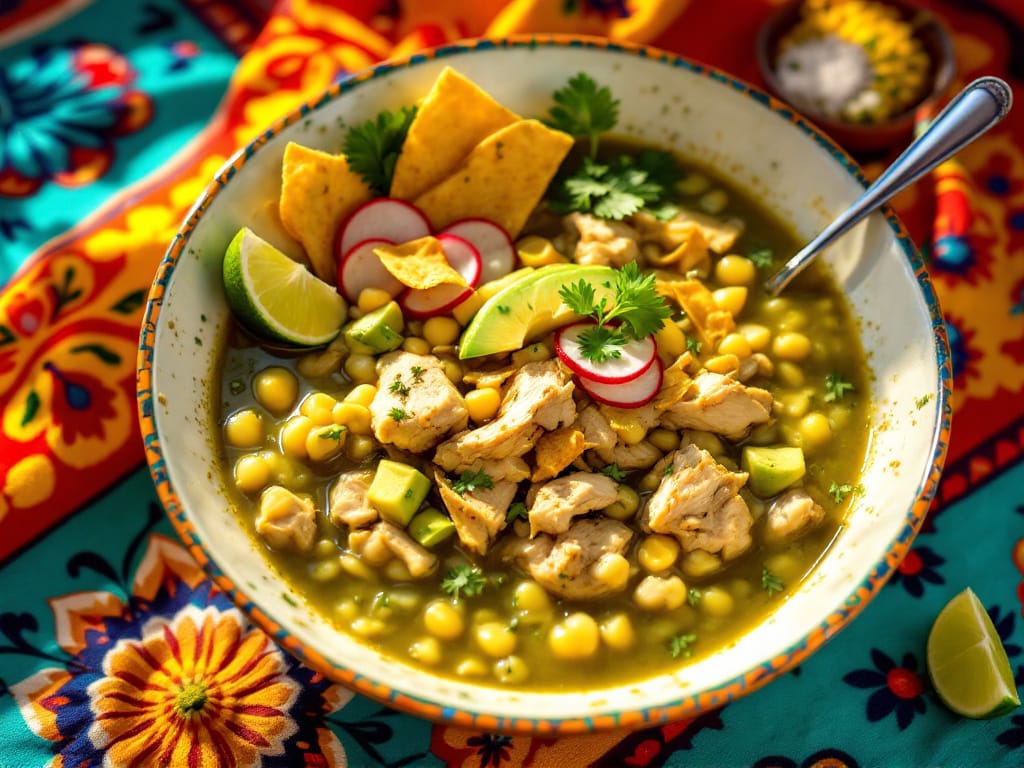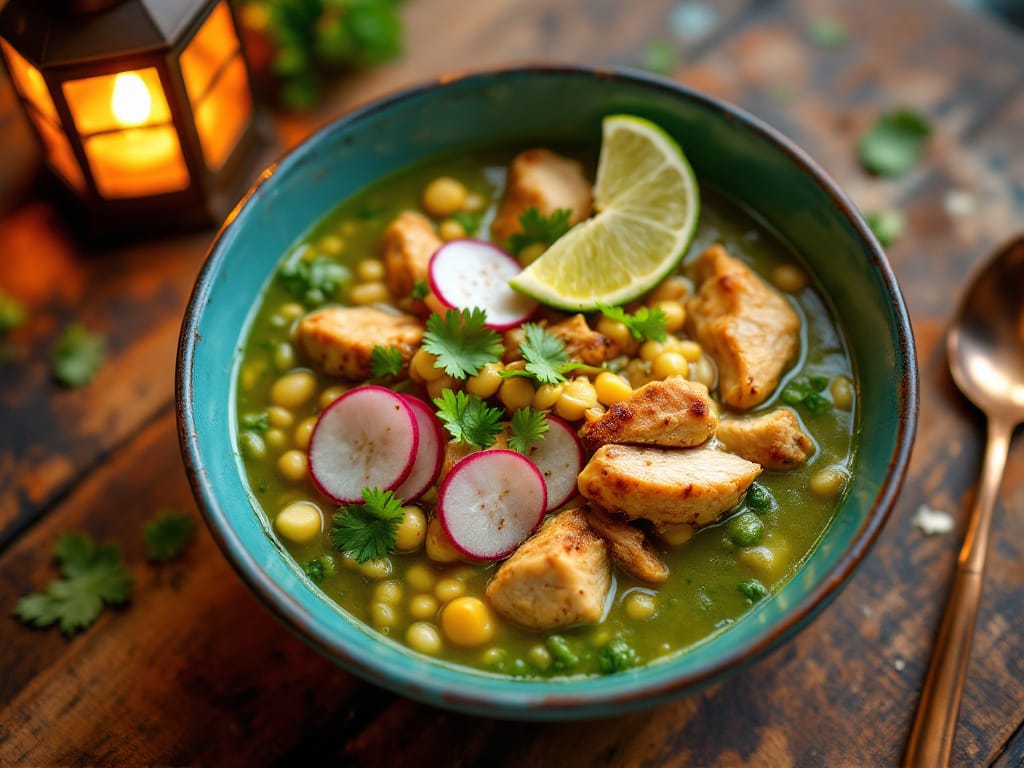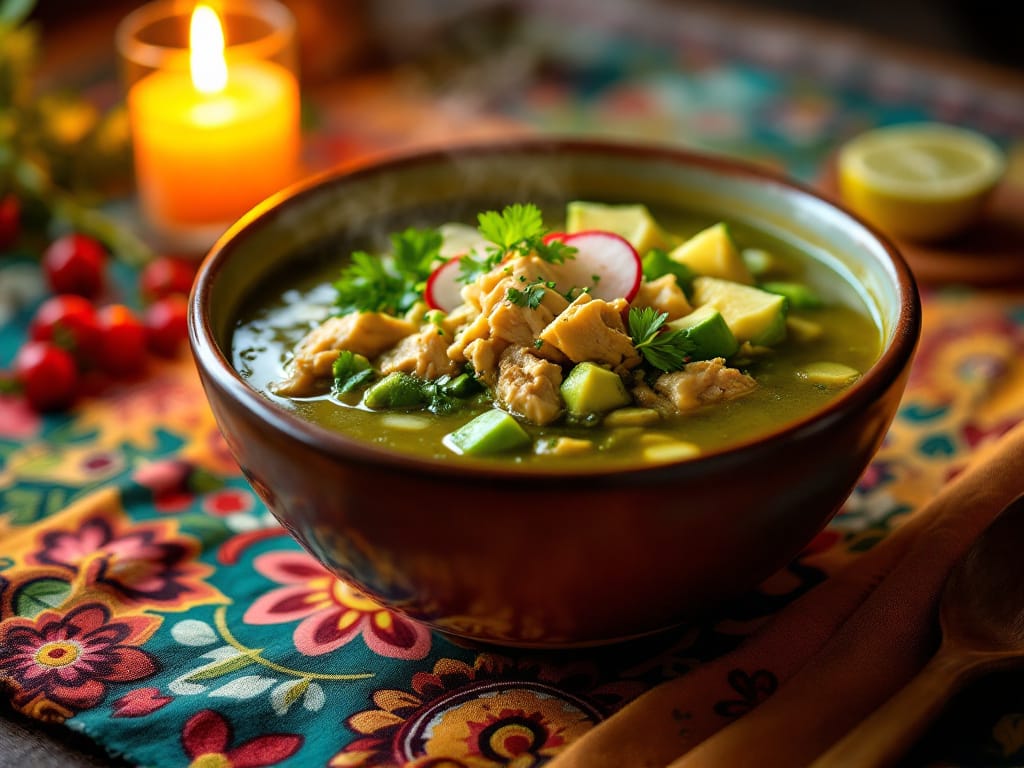Gordon Ramsay is a name synonymous with culinary excellence. Renowned for his ability to elevate even the simplest dishes into gourmet experiences, Ramsay has carved a legacy that spans Michelin-starred restaurants, television shows, and cookbooks. Among his repertoire of comfort foods, mac and cheese holds a special place. Loved for its creamy, cheesy decadence, this dish embodies the warmth and nostalgia of home cooking while offering endless opportunities for creativity.
What sets mac and cheese apart is its versatility. Whether served as a quick weekday meal or a decadent dinner centerpiece, it appeals to palates of all ages. Ramsay’s take on mac and cheese not only preserves its comforting essence but enhances it with premium ingredients and chef-level techniques, making it a dish worthy of any occasion.
Overview of Gordon Ramsay’s Mac and Cheese Recipe
Gordon Ramsay’s mac and cheese recipe stands out for its rich, gourmet touch that transforms a simple dish into a luxurious treat. What makes his recipe exceptional is the careful balance of flavors and textures. Each component—from the blend of cheeses to the buttery breadcrumb topping—contributes to the dish’s unparalleled depth and character.
In contrast to traditional recipes that often rely on a single type of cheese or processed products, Ramsay’s version incorporates a variety of premium cheeses. The result is a sauce that is not only creamy but also layered with complex flavors. He also emphasizes the importance of using fresh, high-quality ingredients to achieve the best results.
Ramsay’s recipe bridges the gap between a comforting classic and an upscale dining experience, showcasing his ability to turn ordinary ingredients into something extraordinary. Whether you’re a mac and cheese purist or an adventurous foodie, his recipe is sure to delight.
Key Ingredients in Gordon Ramsay’s Recipe
Cheese Selection
Ramsay’s mac and cheese relies on a carefully curated blend of cheeses to achieve the perfect balance of taste and texture:
- Comté cheese: Provides a nutty, buttery flavor and melts beautifully.
- Mature Cheddar: Adds sharpness and a bold depth.
- Mozzarella: Creates a gooey, stretchy texture.
- Parmesan: Offers a salty kick and enhances the overall flavor profile.
For a nostalgic spin, explore old-fashioned baked macaroni and cheese, another take on this beloved dish.
Other Essential Ingredients
The foundation of this dish lies in its high-quality base components:
- Pasta: While elbow macaroni is a classic choice, Ramsay often opts for cavatappi or shells for their ability to hold sauce.
- Milk, butter, and flour: The essential ingredients for a creamy béchamel sauce.
- Nutmeg and seasoning: Add subtle warmth and enhance the flavor balance.
Optional Additions
For added texture and flavor, Ramsay recommends:
- Breadcrumbs: Toasted with butter to create a crunchy topping.
- Worcestershire sauce: Introduces a tangy umami element.
- Cayenne pepper: Adds a gentle kick to the dish.
These ingredients combine to make a dish that is rich, indulgent, and unforgettable. Whether you stick to the classic recipe or incorporate optional extras, Gordon Ramsay’s mac and cheese is sure to impress.
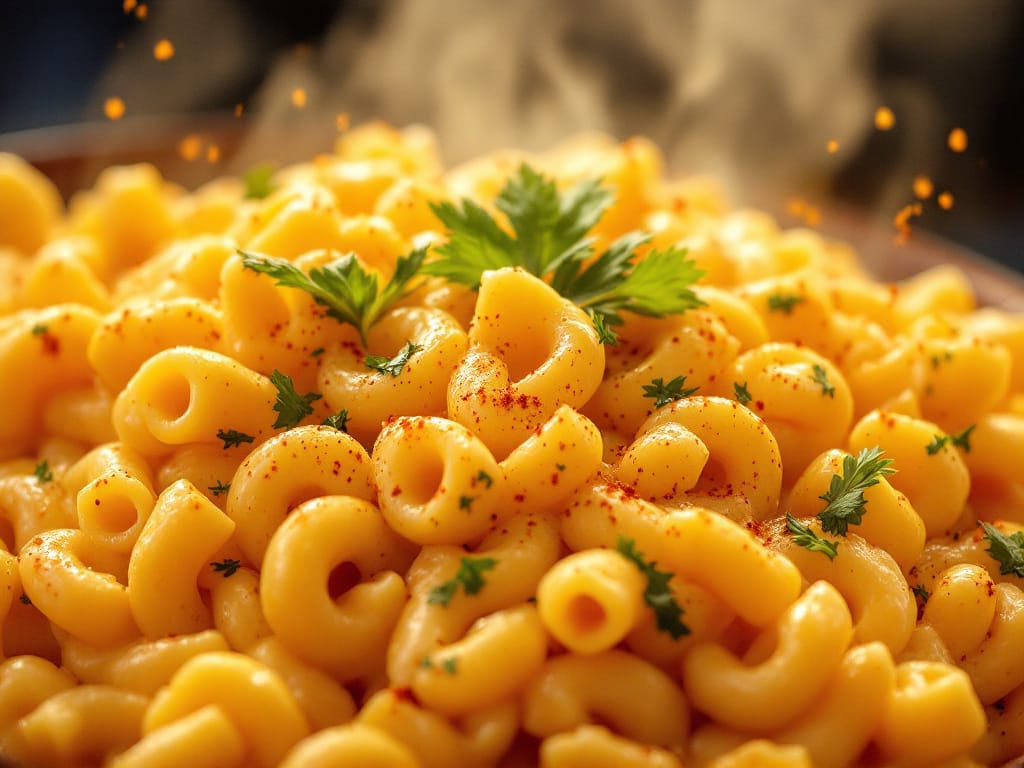
Preparation Techniques and Variations
The Secret to the Perfect Cheese Sauce
The hallmark of a great mac and cheese lies in its cheese sauce, and Gordon Ramsay’s recipe delivers a silky, flavorful base that coats the pasta perfectly. Follow these steps to achieve perfection:
- Prepare the Roux:
- Melt butter in a heavy-bottomed pan over medium heat.
- Whisk in an equal amount of flour (e.g., 2 tablespoons each), cooking for 1-2 minutes until golden brown. This step removes the raw flour taste and adds a nutty flavor.
- Incorporate Milk Gradually:
- Slowly add cold milk to the roux, whisking continuously to avoid lumps.
- Cook until the mixture thickens to a creamy consistency.
- Melt the Cheese:
- Remove the sauce from the heat before adding the cheeses. Start with the hard cheeses, such as Parmesan, and gradually add softer options like mozzarella.
- Stir constantly to ensure the cheese melts evenly without overheating, which can cause the sauce to become gritty.
- Season to Perfection:
- Add a pinch of nutmeg, salt, and pepper to taste. For an extra layer of flavor, include a dash of Worcestershire sauce or cayenne pepper.
Tips for Success:
- Use freshly grated cheese for a smoother sauce; pre-shredded cheese often contains anti-caking agents.
- Avoid boiling the sauce once the cheese is added, as this can lead to separation.
Pro Tip: Avoid common mistakes like overheating the cheese or skipping essential steps. For insights on what not to do, check out this guide.
Choosing the Right Pasta for Mac and Cheese
The choice of pasta is crucial in creating a dish that holds its cheesy sauce beautifully. Here are the best options:
- Elbow macaroni: A classic choice for its simplicity and shape.
- Cavatappi: Its ridges and spiral shape capture the sauce effectively.
- Shells: Perfect for scooping up the creamy mixture.
Why Pasta Texture Matters:
The right pasta adds structure to the dish, preventing it from becoming overly mushy. Cooking the pasta al dente ensures it retains its shape and bite, balancing the creaminess of the sauce.
Optional Toppings and Garnishes
Elevate your mac and cheese with creative toppings that add flavor and texture:
- Toasted Breadcrumbs:
- Combine day-old breadcrumbs with melted butter and a pinch of salt.
- Toast them in the oven until golden and crunchy, then sprinkle over the dish before serving.
- Truffle Oil:
- Drizzle a small amount over the dish for a luxurious, earthy aroma.
- Bacon Bits:
- Cook bacon until crispy, crumble it, and mix it into the topping for added smokiness.
- Fresh Herbs:
- Garnish with parsley, chives, or thyme for a burst of freshness.
These toppings not only enhance the dish’s visual appeal but also add delightful contrasts to its creamy base, making Gordon Ramsay’s mac and cheese a truly gourmet experience.
Creative Variations of Gordon Ramsay’s Mac and Cheese
Lobster Mac and Cheese
For those looking to elevate their mac and cheese to fine-dining status, lobster is the ultimate addition. The tender, buttery texture of lobster pairs beautifully with the creamy cheese sauce, creating a luxurious and indulgent dish.
How to Integrate Lobster
- Prepare the Lobster: Boil or steam a whole lobster until just cooked, then remove the meat from the shell. Alternatively, use pre-cooked lobster tails for convenience.
- Combine with the Sauce: Chop the lobster meat into bite-sized pieces and fold it into the cheese sauce just before mixing in the pasta. This ensures the delicate seafood doesn’t overcook.
Seasoning Adjustments
To complement the lobster, consider these adjustments:
- Add a Splash of Lemon Juice: Brightens the dish and balances the richness of the cheese.
- Incorporate Gruyère or Fontina: These cheeses enhance the sauce’s creaminess while adding subtle nutty flavors.
- Finish with a Hint of Old Bay Seasoning: Offers a classic seafood twist without overpowering the dish.
Lobster mac and cheese is best served with a simple green salad, letting its flavors shine.
Cauliflower Mac and Cheese
For a lighter, low-carb twist, cauliflower mac and cheese is a fantastic alternative. It maintains the creamy decadence of the original dish while adding a nutritious element.
How to Use Cauliflower
- Roast or Steam the Cauliflower: Cut the cauliflower into small florets and roast until tender and slightly caramelized, or steam it for a softer texture.
- Substitute or Combine with Pasta: Use cauliflower in place of the pasta for a completely carb-free version, or mix it with pasta to reduce the carb load.
Balancing the Cheese
Cauliflower has a mild, slightly nutty flavor, which pairs well with:
- Sharp Cheddar and Parmesan: Add boldness to the dish.
- Gruyère: Enhances the creamy texture.
Top with toasted breadcrumbs or a sprinkle of smoked paprika for added depth, and you have a satisfying alternative that doesn’t compromise on flavor.
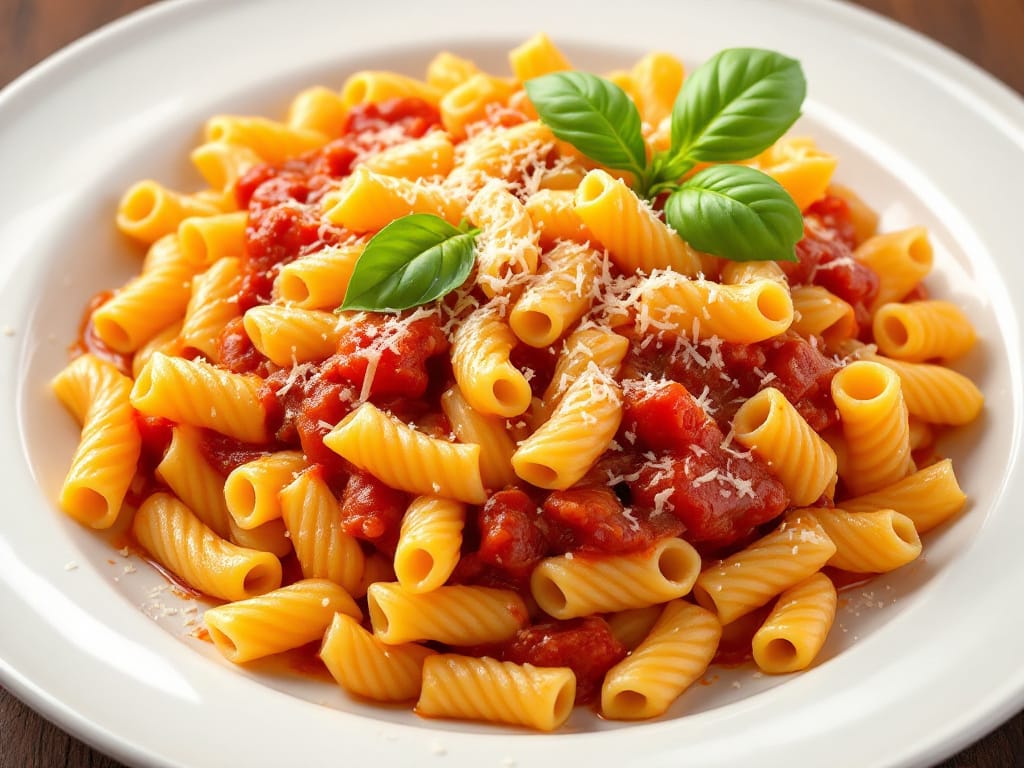
Expert Tips, FAQs, and Additional Insights
Expert Tips for a Perfect Mac and Cheese Every Time
Crafting the perfect mac and cheese requires attention to detail and a few key techniques. Here’s how to avoid common pitfalls and elevate your dish:
Avoiding Common Mistakes
- Prevent Gritty Sauce: Always melt cheese off the heat and add it gradually to the sauce. Overheating causes the cheese to separate, leading to a grainy texture.
- Don’t Overcook Pasta: Cook pasta al dente to prevent it from becoming mushy when combined with the sauce.
- Salt the Pasta Water: Properly salted water ensures the pasta is flavorful and complements the sauce.
Enhancing Flavor
- Use Stock: Replace a portion of the milk in the cheese sauce with chicken stock for added depth.
- Experiment with Seasonings: Nutmeg, cayenne pepper, or even a dash of Dijon mustard can enhance the dish’s complexity.
With these tips, your mac and cheese will achieve restaurant-quality perfection every time.
FAQs About Gordon Ramsay’s Mac and Cheese
What is the best cheese blend for mac and cheese?
The optimal blend depends on flavor and melting properties. Gordon Ramsay’s recipe combines:
- Comté: For nutty creaminess.
- Mature Cheddar: For a sharp, tangy bite.
- Mozzarella: For gooey texture.
- Parmesan: For a salty, savory finish.
This blend creates a balanced sauce that’s rich and indulgent.
How does Gordon Ramsay make his roux?
Ramsay starts by melting butter in a pan over medium heat. He then adds an equal amount of flour, whisking continuously for 1-2 minutes until the mixture is golden brown. This process eliminates the raw flour taste and serves as the base for a creamy béchamel sauce.
Can this recipe be made gluten-free?
Yes! Substitute all-purpose flour with a gluten-free flour blend or almond flour for the roux. For the pasta, use gluten-free varieties like rice or chickpea-based options. The cheese sauce remains just as creamy and flavorful.
Final Thoughts and Serving Suggestions
Gordon Ramsay’s mac and cheese is more than just comfort food; it’s a testament to how simple ingredients can create extraordinary flavors. Pair this indulgent dish with:
- Salads: A refreshing arugula salad with lemon vinaigrette.
- Sides: Roasted vegetables or garlic bread.
What makes Ramsay’s recipe stand out is its versatility. Whether you’re preparing it for a family meal or a special occasion, this dish is sure to impress with its rich flavors and gourmet flair.
Explore how other variations, like the Cracker Barrel mac and cheese, inspire similar joy in simplicity and flavor.

